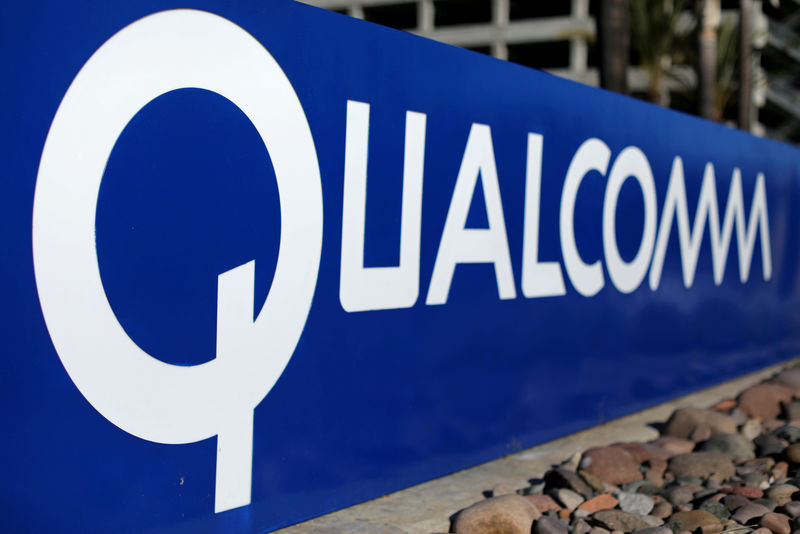On Friday, Bank of America raised its price target on Qualcomm (NASDAQ:) shares from $180 to $245, while maintaining a Buy rating.
The upward revision reflects Qualcomm’s promising growth opportunities, particularly in artificial intelligence (AI), which could further boost Qualcomm’s stock performance, the bank said. Qualcomm shares are up 45% year to date, outpacing the Nasdaq’s 12% gain.
Bank of America’s new price target is based on 22 times the company’s 2025 earnings per share (EPS) forecast, which the bank has set at $10.88.
The firm’s optimism is fueled by several factors, including Qualcomm’s computing ventures and China’s economic recovery, as well as the potential for AI-enabled phones to boost the market.
Analysts say Qualcomm is strategically positioned to benefit from the PC market’s shift from x86 to ARM architecture, thanks in part to its exclusive partnership with Microsoft. The collaboration will use Qualcomm’s Snapdragon ARM chip to power the next generation of AI-enabled PCs and tablets. The target market for these devices is approximately 60 million consumer laptops priced over US$1,000, with the market expected to expand in 2025.
Analysts predict that Qualcomm will be able to capture 70% of the AI-enabled PC market, leading to revenues ranging from US$286 million to US$861 million in various scenarios by 2025. This market dominance could also contribute 6 to 19 cents to earnings per share. in 2025, with further increases of 13 to 27 cents per share in 2026.
The integration of artificial intelligence technology into mobile phones is seen as another area of growth. As artificial intelligence becomes more widespread, BofA says smartphones could begin to include dedicated AI semiconductors, potentially sparking a new cycle of cellphone upgrades.
Analysts believe this trend could represent a significant opportunity for Qualcomm, especially given the fully saturated cellular market.
Finally, Bofa believes that Qualcomm will benefit from the ongoing recovery of the Chinese market, especially given the supply challenges faced by rival Huawei in the high-end segment.


